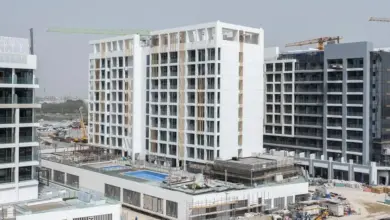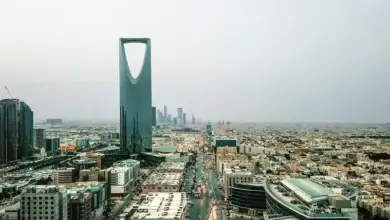
- The US-based company is a developer of vertically integrated 3D construction printing technology that makes construction cheaper, greener and more productive
US-based 3D construction printing company AC3D, which launched its operations in the UAE on Monday, vows to make construction greener, cheaper and faster here.
The announcement was made during the premier of the Middle East Reverse Engineering & Additive Manufacturing Conference & Showcase – ReAM 2023, which is being held at Festival Arena in Dubai from September 25 to 27, 2023.
Focusing on low-rise housing, commercial real estate and infrastructure, AC3D is setting the stage for a greener era of construction, pledging to make it up to 1.5 times more cost-effective, and far less labour-intensive. The company, under the banner of Dubai 3D Printing Strategy 2030 and Dubai Municipality, aims to accelerate the construction processes, achieving up to four times increase in speed while using sustainable printing materials.
The 3D construction printing market is expected to reach $2.5 billion in 2025, up from $500 million in 2023. Dubai 3D Printing Strategy 2030 sets a goal of achieving a 25 per cent implementation of 3D-printed buildings across the Emirates by the year 2030.
Reflecting on the launch, Boris Kozlov, founder & CEO of AC3D, said: “Our mission to shape a more sustainable future for the construction sector starts in Dubai. In addition to reducing CO2 emissions and minimising waste, our vertically integrated technology paves the way for energy-efficient homes, enabling the creation of free-form architectural designs, reducing the amount of construction waste, and ensuring resistance to natural disasters.”
Assembled in the UAE, the next-generation 3D printers offer various environmental benefits in line with global sustainability efforts such as the UN sustainable development goals. The construction industry is currently the world’s number one waste producer, and also one of the key contributors to the global carbon footprint. Cement production alone accounts for 10 per cent of CO2 emissions.
In addition to sustainability, the economic and humanitarian implications of 3D construction printing are substantial. A single 3D printer has the potential to build more than 50 houses per year—a significant step towards addressing the global housing shortage projected to affect 1.6 billion people by 2025, as reported by the World Bank. Today, an annual deficit of 12 million homes is compounded by a significant shortfall of 10 million construction workers, underscoring the pressing challenges in the housing and construction sectors.
In August 2021, a significant regulatory milestone was achieved in Dubai as His Highness Sheikh Mohammed bin Rashid Al Maktoum, Vice-President and Prime Minister of the UAE and Ruler of Dubai, issued Decree No. (24), which is aimed at governing the application of 3D printing technology within the construction sector in Dubai.
In July of 2023, Dubai Municipality granted the first construction license for a private villa using 3D printing technology.
In addition to the manufacturing of these cutting-edge building robots, AC3D specialises in the development of proprietary 3D printing material mixes, the creation of advanced software solutions to streamline construction processes, as well as the engineering and 3D printing of entire buildings.
Key points:
· Dubai targets wide-range adoption of 3D-printed buildings in the coming years
· Construction industry is the world’s number one waste producer, significantly contributing to global CO2 emissions. Cement production alone accounts for 10 per cent of CO2 footprint
· US-based AC3D uses sustainable 3D printing materials, notably the 100 per cent cementless geopolymer for a nearly net-zero construction process
· 3D construction printing market is expected to reach $2.5 billion in 2025, up from $500 million in 2023
· A single 3D printer can build over 50 houses a year. According to the World Bank, the global housing shortage will likely impact 1.6 billion by 2025
https://1d02ceb324594f756fe5cdcb166b318e.safeframe.googlesyndication.com/safeframe/1-0-40/html/container.html· Deficit of 12 million homes annually is in place paired with a shortfall of 10 million construction workers





